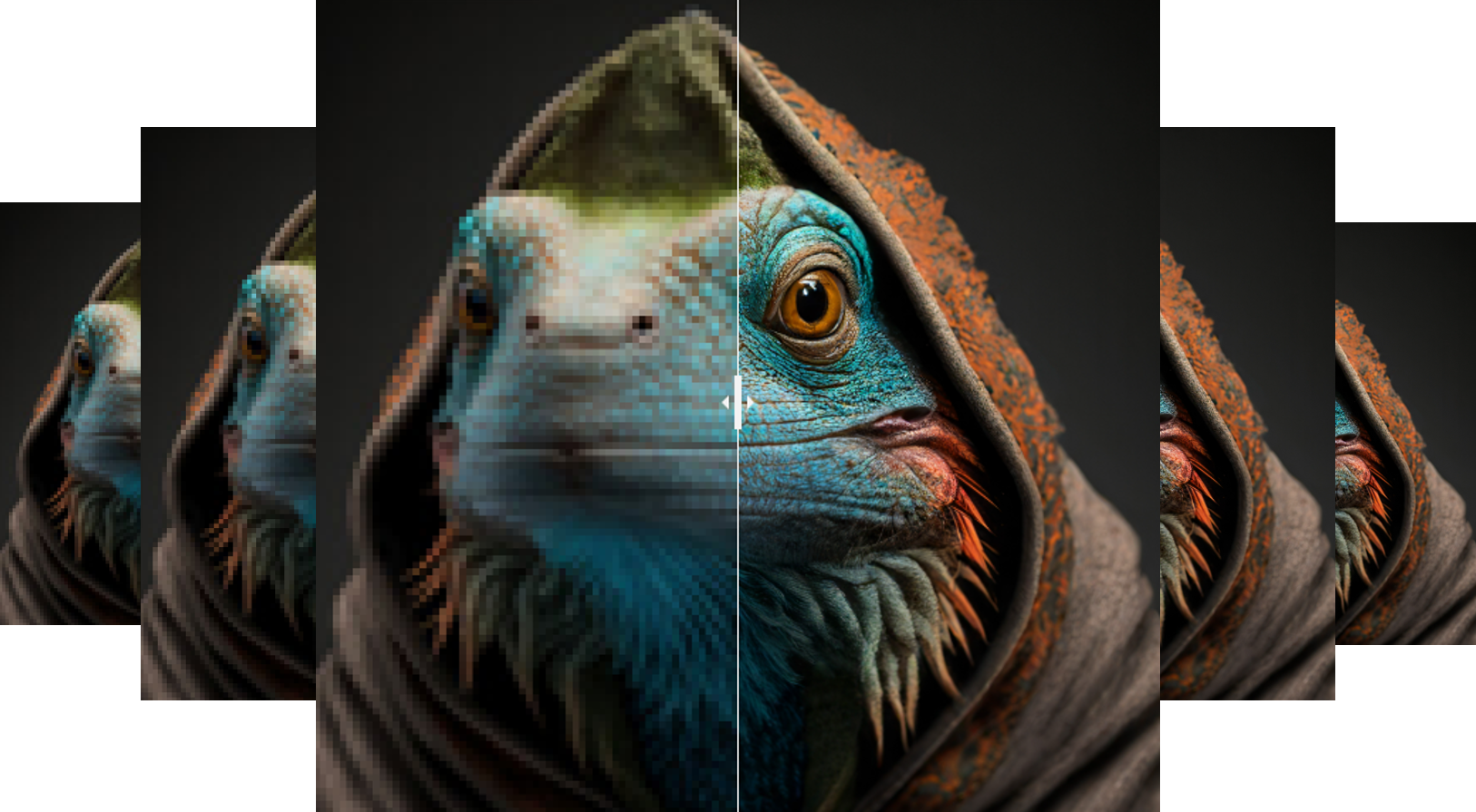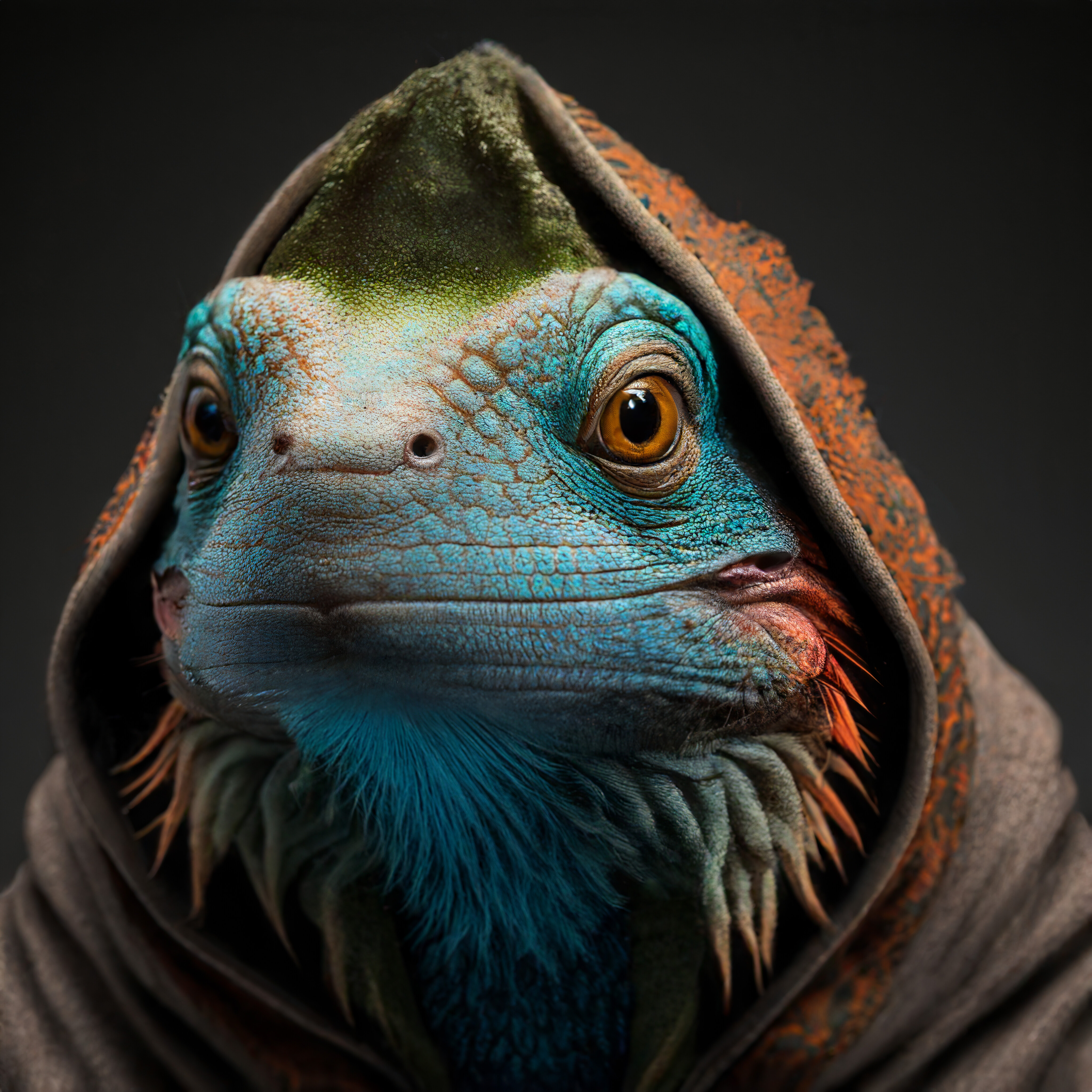
The Revival of GANs: Outshining DALL-E, Midjourney, and Stable Diffusion - A Technical Perspective
by Theodore Egling | June 19, 2023
Table of Contents
- Introduction
- Understanding GANs: The Artist and Art Critic Analogy
- GigaGAN: A New Era in AI Image Generation
- GANs in the Research Landscape
- Conclusion
- References
Introduction
In the ever-evolving landscape of AI image generation, diffusion models like Midjourney and DALL-E had seemingly eclipsed the once-prevalent Generative Adversarial Network (GAN) models. However, the winds of change are blowing once again, heralding the resurgence of GANs, with the novel GigaGAN architecture leading the charge.
Understanding GANs: The Artist and Art Critic Analogy
Before we delve into the specifics of GigaGAN, let's take a moment to understand the underlying technology - GANs. GANs are a class of machine learning frameworks designed by Ian Goodfellow and his colleagues in 2014. They consist of two parts: a generator network, which produces new data instances, and a discriminator network, which evaluates them for authenticity. The generator improves its output based on the feedback from the discriminator, creating a competitive scenario where both networks continually learn and improve.

Imagine a scenario where an artist (the generator in GAN) is trying to create perfect replicas of famous paintings, while an art critic (the discriminator in GAN) is tasked with distinguishing the replicas from the original artworks.
Initially, the artist's replicas are crude, and the critic can easily tell them apart from the originals. The critic provides feedback to the artist, pointing out the discrepancies between the replicas and the originals. The artist uses this feedback to improve their replicas.
Over time, as the artist continues to refine their work based on the critic's feedback, the replicas become increasingly indistinguishable from the originals. Simultaneously, the critic also becomes more adept at spotting subtle differences, creating a continuous loop of improvement for both the artist and the critic.
This is essentially how GANs work. The generator (artist) creates fake data (replicas), and the discriminator (critic) tries to distinguish the fake data from real data (original artworks). The generator continually improves its fake data based on feedback from the discriminator until the discriminator can no longer reliably tell the difference between the fake and real data.
GigaGAN: A New Era in AI Image Generation
GigaGAN, a new GAN architecture, has emerged as a formidable contender in the realm of AI image generation. It not only outperforms diffusion models on key benchmarks but also excels in generating high-resolution images without significantly increasing generation time.

Key features of GigaGAN include:
- Operating with a massive 1 billion parameters
- Generating 512px images in a mere 0.13 seconds
- Producing 16-megapixel images in 3.66 seconds
The architects behind GigaGAN have also developed an efficient upsampler that swiftly converts low-resolution inputs into sharp 4k images. Additionally, GigaGAN supports advanced features like "disentangled prompt mixing" and "coarse-to-fine style swapping," further enhancing its capabilities. For a deeper understanding of how image upscaling works, refer to our article, "The Art and Science of Image Upscaling: A Comprehensive Guide".
GANs in the Research Landscape
The resurgence of GANs is not limited to GigaGAN alone. Several other research initiatives are exploring the potential of GANs in various domains. For instance, StyleGAN, a variant of GAN, has shown promising results in generating high-quality, realistic images. Another research, CycleGAN, has demonstrated the ability to perform image-to-image translations without paired training examples.
Here are some recent research papers that delve into the technical details and applications of GANs:
- "Prediction Model of a Generative Adversarial Network Using the Concept of Complex Picture Fuzzy Soft Information" by Samin Khan et al. This paper discusses the use of GANs for various translations and proposes a modelling methodology based on complex picture fuzzy soft relations for the analysis of GANs. Full Text
- "Intraclass Image Augmentation for Defect Detection Using Generative Adversarial Neural Networks" by Vignesh Sampath et al. This paper introduces Magna-Defect-GAN, a GAN model used for pixel-level image augmentation to improve the generalisation ability of surface defect identification models. Full Text
- "NG-GAN: A Robust Noise-Generation Generative Adversarial Network for Generating Old-Image Noise" by Sadat Hossain and Bumshik Lee. This paper proposes a GAN model for replicating the noise distribution of degraded old images, which can be used to improve the performance of denoising models. Full Text
- "2D Image Object Detection Aided by Generative Adversarial Networks: A Literature Review" by Caio Vinicius Bertolini and Roberto Monteiro. This literature review assesses the potential of GANs applied to object detection tasks and proposes it as a promising field of study. Full Text
These papers provide a deeper understanding of the capabilities and potential applications of GANs.
Conclusion
The revival of GANs, spearheaded by architectures like GigaGAN, is a testament to the dynamic nature of AI research. As we continue to push the boundaries of what's possible, it's clear that GANs still have a significant role to play in the future of AI image generation.
References
- Khan, S., Al-Sabri, E.H.A., Ismail, R., Mohammad, M.M.S., Hussain, S., & Mehmood, A. (2023). Prediction Model of a Generative Adversarial Network Using the Concept of Complex Picture Fuzzy Soft Information. Symmetry, 15(3), 577. DOI: 10.3390/sym15030577
- Sampath, V., Maurtua, I., Martín, J.J.A., Iriondo, A., Lluvia, I., & Aizpurua, G. (2023). Intraclass Image Augmentation for Defect Detection Using Generative Adversarial Neural Networks. Sensors, 23(4), 1861. DOI: 10.3390/s23041861
- Hossain, S., & Lee, B. (2022). NG-GAN: A Robust Noise-Generation Generative Adversarial Network for Generating Old-Image Noise. Sensors, 23(1), 251. DOI: 10.3390/s23010251
- Bertolini, C.V., & Monteiro, R. (2022). 2D Image Object Detection Aided by Generative Adversarial Networks: A Literature Review. Journal of Business and Technology, 5(3). DOI: 10.34178/jbth.v5i3.228
Recent Articles
- Blender vs. Maya: Exploring - the Titans of 3D Software
- Mastering the Art of 3D Video Production: From Concept to Captivation
- Are you an artificial intelligence cub or lion?
- Enhancing Customer Service in Manufacturing: The QR Code Advantage
- Unlocking the Depth of Web Design: Embracing the Power of 3D